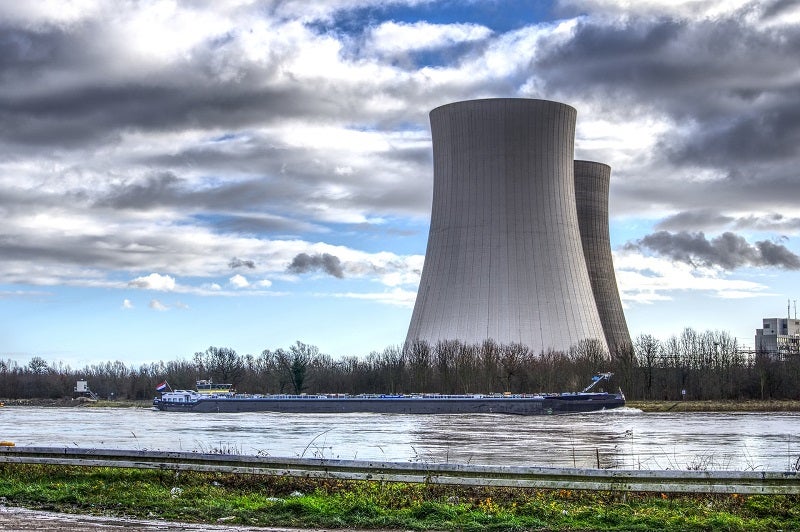Kamisu-Ibaraki Biomass Power Plant is a 24.4MW biopower project. It is located in Ibaraki, Japan. According to GlobalData, who tracks and profiles over 170,000 power plants worldwide, the project is currently active. It has been developed in a single phase. Post completion of construction, the project got commissioned in July 2019. Buy the profile here.
Description
The project is developed and owned by Japan Renewable Energy.
The project generates 200GWh electricity and supplies enough clean energy to power 45,000 households.
The process of combustion has been adopted in this project to release the stored energy from the feed. Wood chips which is a kind of wood by-product is used as a feedstock to power the project.
Development status
The project got commissioned in July 2019.
Power purchase agreement
The power generated from the project is sold to TEPCO Power Grid under a power purchase agreement.
See Also:
For more details on Kamisu-Ibaraki Biomass Power Plant, buy the profile here.
About Japan Renewable Energy
Japan Renewable Energy Corp (JRE) is a renewable energy company. It develops wind, solar, biomass, and natural energy-based power generation plants. The company’s service offerings include planning, designing, preliminary surveys, materials procurement and sales, civil engineering, construction, operation and maintenance, work inspection and electric power sales. JRE serves project developers, corporates, EPC organizations and end users in the public and private sectors. The company has operations in Hokkaido, Kanto, Chubu, Kinki, Tohoku, Chugoku and Shikoku provinces in Japan. JRE is headquartered in Minato-Ku, Tokyo, Japan.
Premium Insights
From

The gold standard of business intelligence.
Blending expert knowledge with cutting-edge technology, GlobalData’s unrivalled proprietary data will enable you to decode what’s happening in your market. You can make better informed decisions and gain a future-proof advantage over your competitors.




